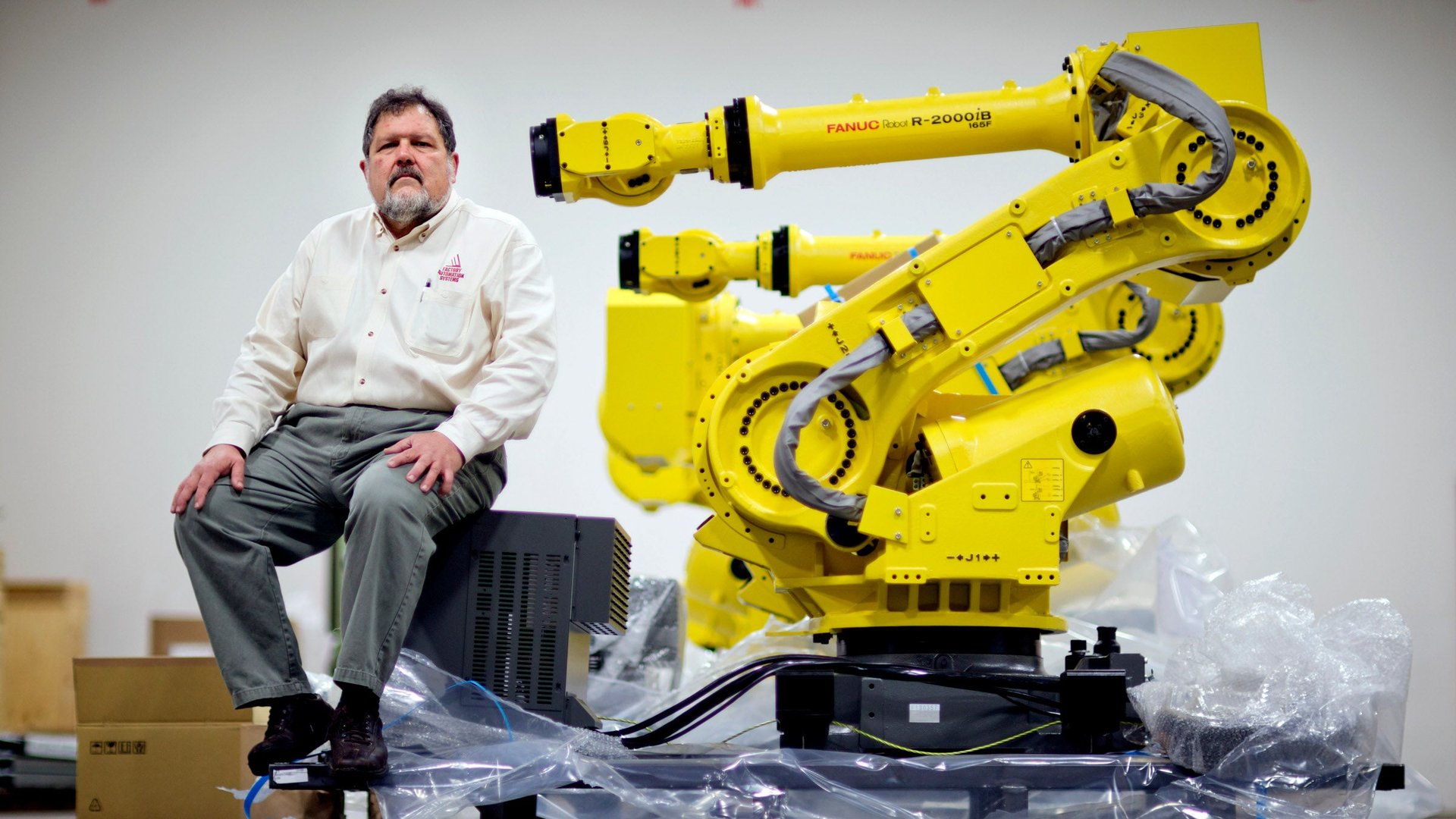Can America code its way to more factories?
One of the simpler stories we tell about the global economy involves still-industrializing markets taking over much of the world’s manufacturing, while advanced economies provide the design, software architecture and innovation. It’s a useful framework, but it doesn’t take into account innovation coming from emerging markets, and perhaps more importantly, it doesn’t account for the ways that making software can help make physical things.


One of the simpler stories we tell about the global economy involves still-industrializing markets taking over much of the world’s manufacturing, while advanced economies provide the design, software architecture and innovation. It’s a useful framework, but it doesn’t take into account innovation coming from emerging markets, and perhaps more importantly, it doesn’t account for the ways that making software can help make physical things.
Marc Andreessen, internet investor and visionary, says that software is eating the world, and while his investment advice doesn’t always make a ton of sense, he has a point about the way the economy is changing. One piece of evidence is the decision by Siemens, the German industrial giant, to open a factory in North Carolina last year to manufacture gas turbines for power plants. While there were lots of reasons to do this, including investments in local infrastructure and sales financing from the US Export-Import Bank, another reason is the highly skilled workers clustered around the state’s “research triangle” of universities and high-tech industry.
Siemens North America CEO Helmuth Ludwig says that those workers are capable of providing something Siemens’ industrial work desperately needs: Better software.
First, it enables increased efficiency with time. SpaceX, the world’s first commercial spacecraft that docked with the International Space Station last summer, leveraged software to reduce its time-to-manufacture by 80%.
Second, it enables new levels of productivity with resources, connecting every function — from marketing to design to execution — in a manufacturing company, improving alignment while reducing errors and waste. Ford used just such an approach to save more than $100 million in warranty costs for in-vehicle software services.
Finally, software enables unprecedented levels of sustainability. As demonstrated by NASA, software can reduce or eliminate physical prototypes, saving enormous resources while further improving speed
Software is eating manufacturing right in front of us. While that has a negative impact on jobs in advanced economies right now, having workers who can make and fix software could mean more work relative to other countries.
The old saw about the America’s 19th century gold rush was that prospectors rarely got rich, but anyone in the pick-and-shovel business would make a killing. In today’s rush toward increasingly automated manufacturing, it’s the people in the bits-and-bytes field who stand to win.